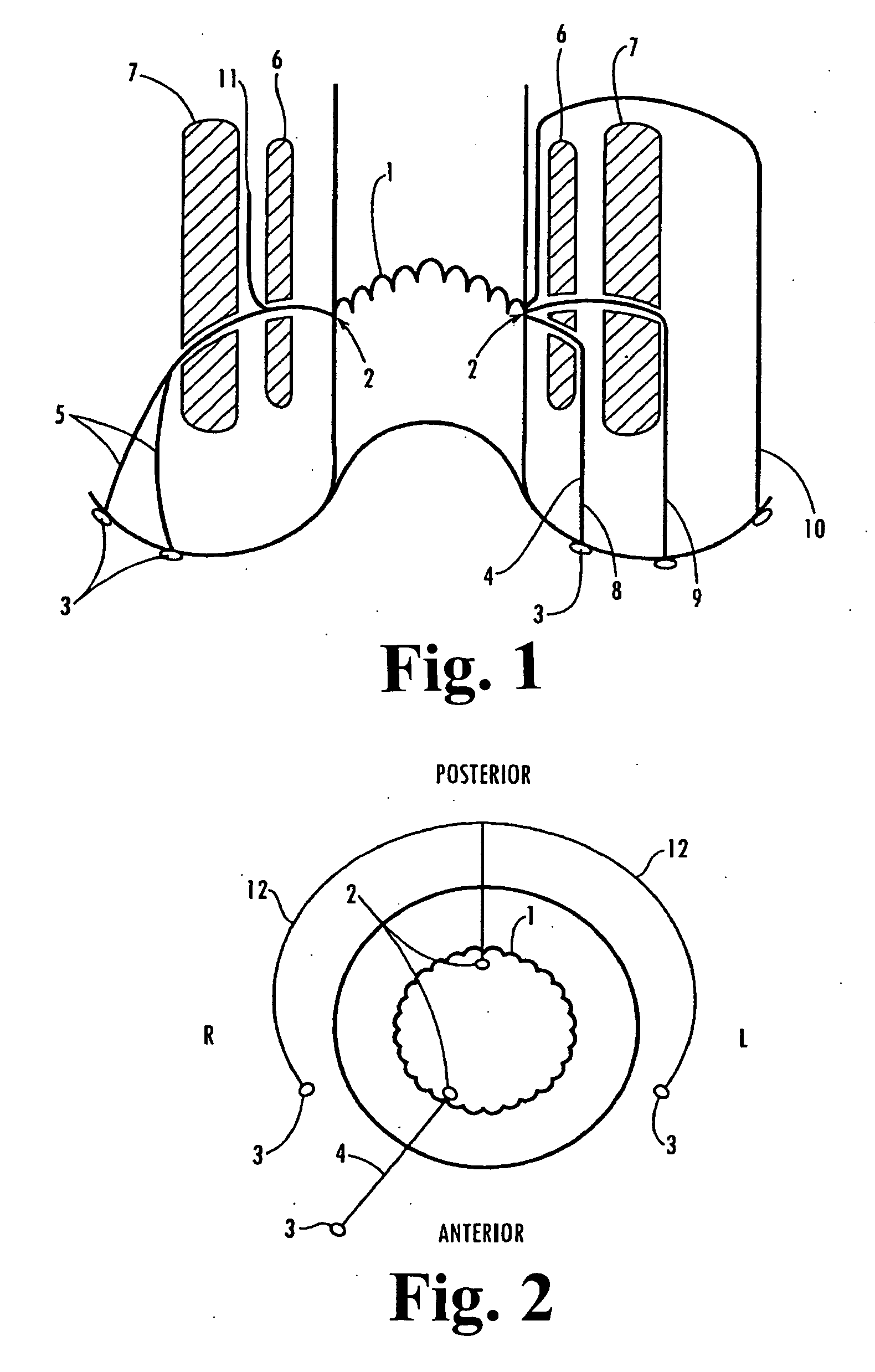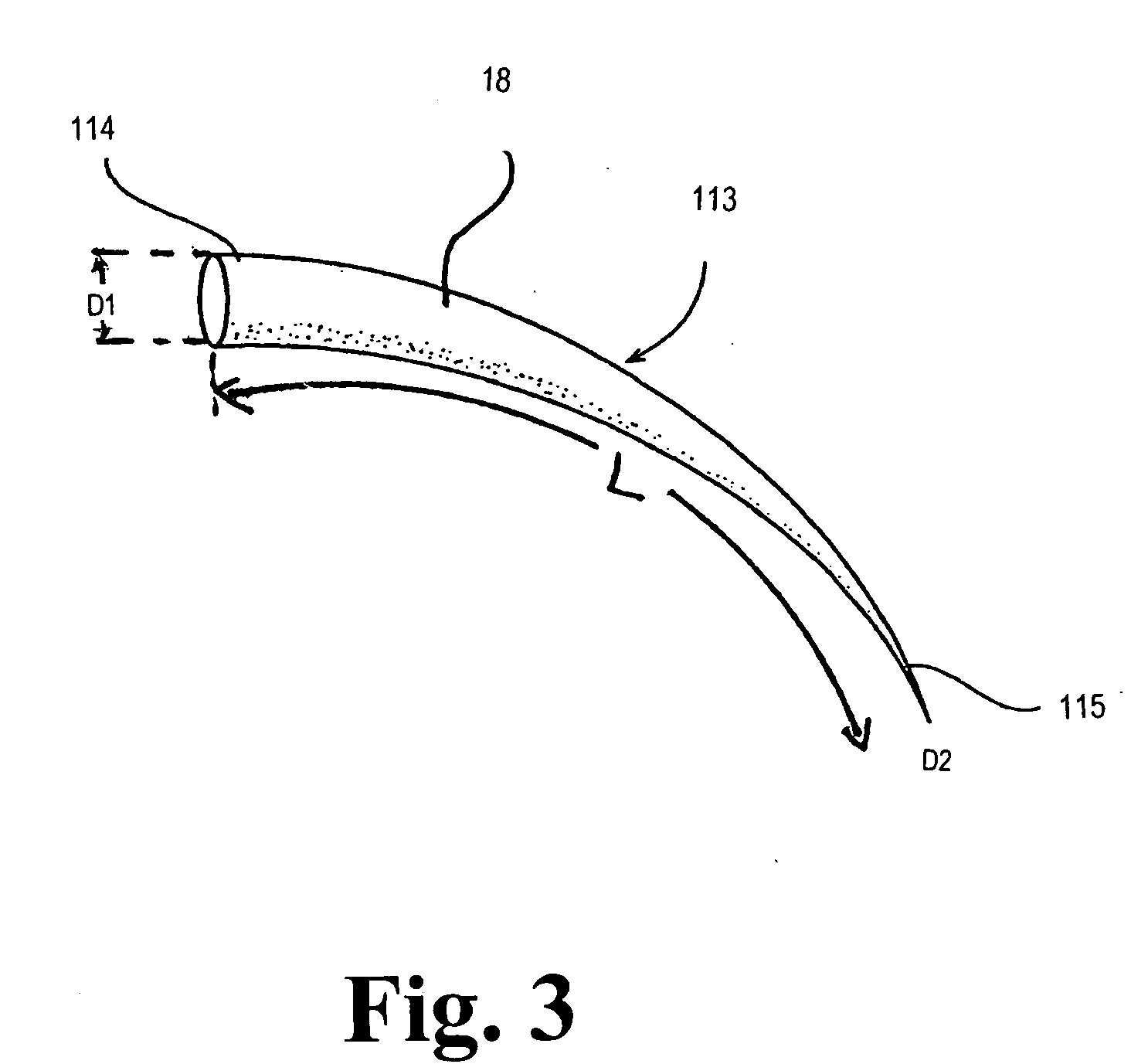Implantable graft to close a fistula
a technology of implantable grafts and fistulas, which is applied in the field of medical devices, can solve the problems of complex and not very successful traditional surgery for these types of fistulas, impaired sphincter control or even incontinence, and achieve the effect of facilitating the formation of new tissu
- Summary
- Abstract
- Description
- Claims
- Application Information
AI Technical Summary
Benefits of technology
Problems solved by technology
Method used
Image
Examples
Embodiment Construction
[0045] While the present invention may be embodied in many different forms, for the purpose of promoting an understanding of the principles of the present invention, reference will now be made to the embodiments illustrated in the drawings, and specific language will be used to describe the same. It will nevertheless be understood that no limitation of the scope of the invention is thereby intended. Any alterations and further modifications in the described embodiments and any further applications of the principles of the present invention as described herein are contemplated as would normally occur to one skilled in the art to which the invention relates.
[0046] Turning now to a discussion of the particular grafts, systems, and methods of the present invention useful for treating fistulas, illustrative grafts of the invention are configured to block at least the primary opening of a fistula, i.e., the primary opening and potentially one or more other segments of a fistula, for exam...
PUM
| Property | Measurement | Unit |
|---|---|---|
| diameter D2 | aaaaa | aaaaa |
| diameter D2 | aaaaa | aaaaa |
| length | aaaaa | aaaaa |
Abstract
Description
Claims
Application Information
 Login to View More
Login to View More - R&D
- Intellectual Property
- Life Sciences
- Materials
- Tech Scout
- Unparalleled Data Quality
- Higher Quality Content
- 60% Fewer Hallucinations
Browse by: Latest US Patents, China's latest patents, Technical Efficacy Thesaurus, Application Domain, Technology Topic, Popular Technical Reports.
© 2025 PatSnap. All rights reserved.Legal|Privacy policy|Modern Slavery Act Transparency Statement|Sitemap|About US| Contact US: help@patsnap.com



